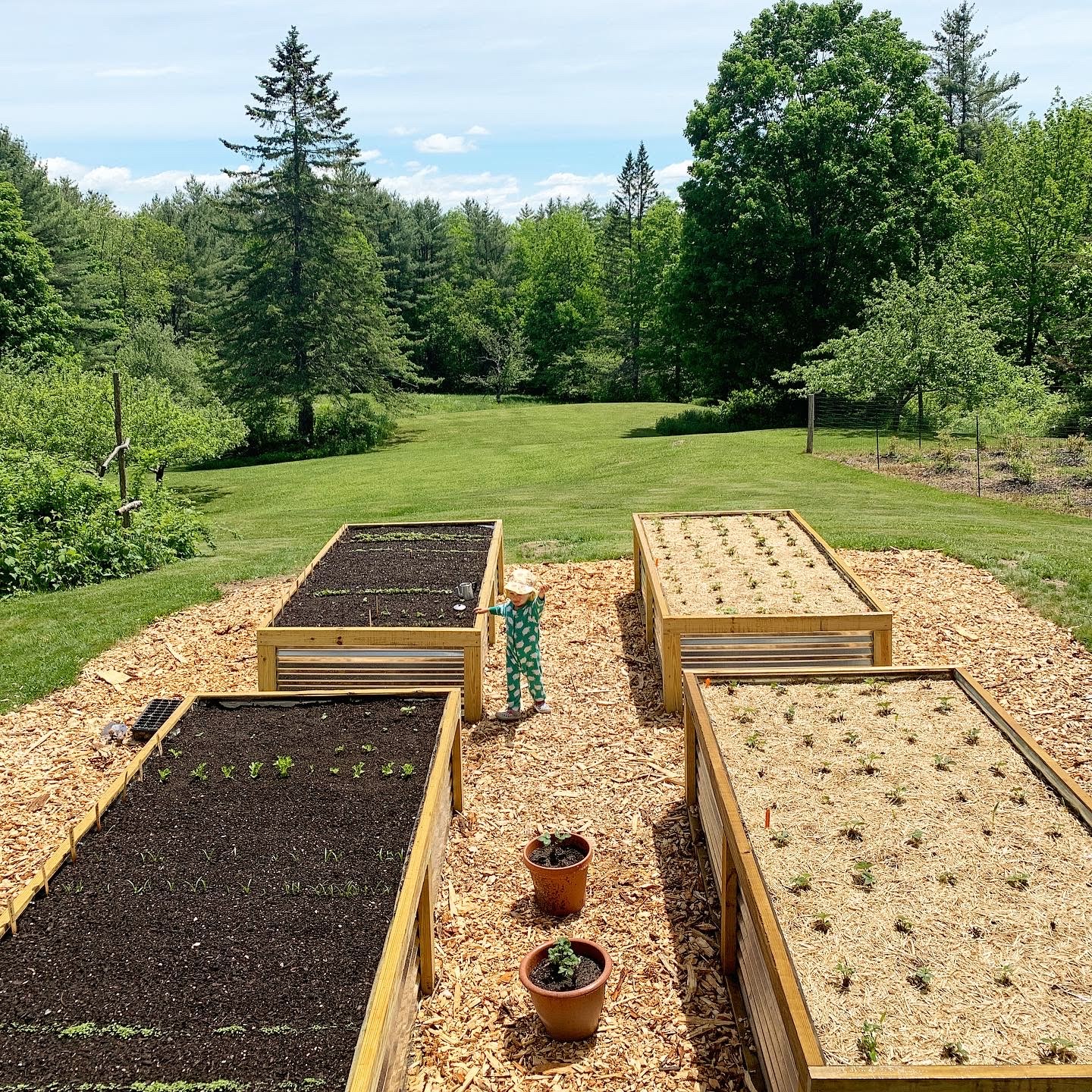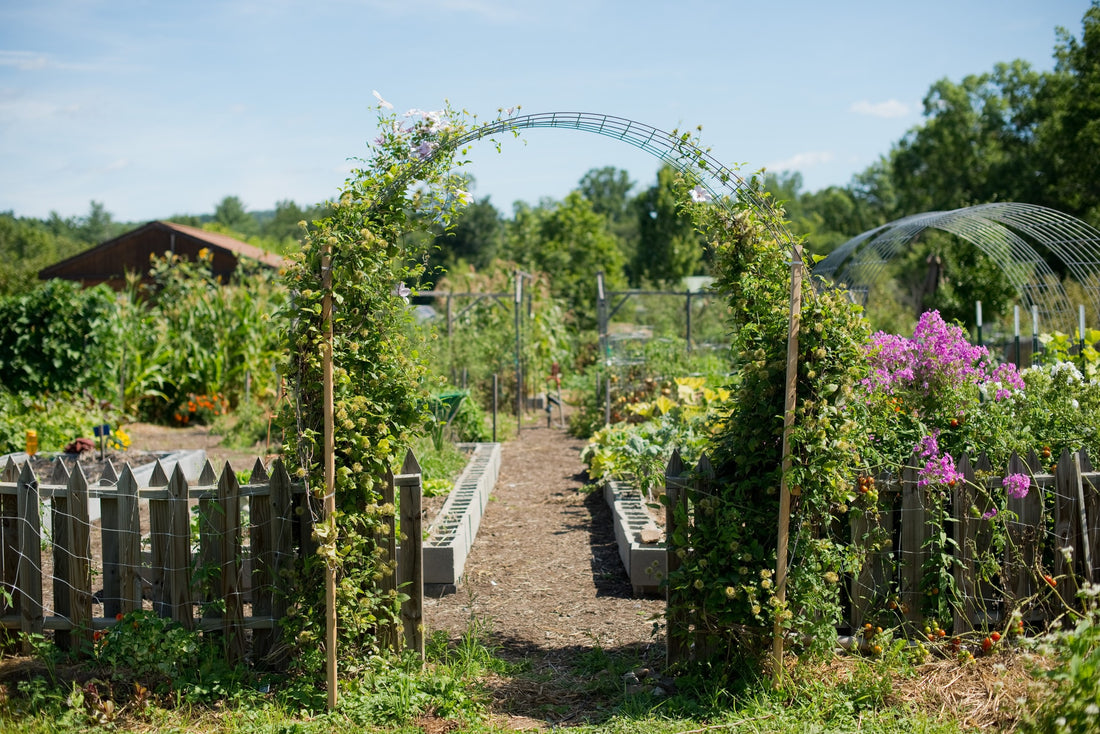Companion Planting Techniques for Homestead Gardening
Companion Planting Techniques for Homestead Gardening
Blog Article
Uncover the Tricks to Creating a Beautiful and Effective Horticulture Space
Creating a stunning and productive horticulture area is not simply a matter of planting blossoms and vegetables; it requires a strategic approach that encompasses numerous crucial elements. From choosing the right location based on sunlight and soil kind to attentively making your layout and picking ideal plants, each decision plays a pivotal function in the success of your garden.
Selecting the Right Place
Choosing the ideal location for your yard is vital to its success and general visual appeal. The first step in this process involves analyzing sunshine exposure, as the majority of plants need at the very least 6 hours of straight sunlight daily (Homestead Gardening). A south-facing yard commonly gets the most light, while shaded areas can hamper development and flowering
In addition, consider dirt high quality and drainage. Well-draining dirt is necessary to avoid waterlogged roots, which can lead to plant diseases. Carrying out a dirt test can offer important details relating to pH degrees and nutrient web content, enabling you to modify the soil as necessary.
In addition, proximity to water resources is another aspect to consider - Homestead Gardening. Having simple access to a hose pipe or irrigation system can simplify the watering procedure and encourage regular plant treatment. Wind protection is likewise vital; positioning your yard near structures, such as fences or walls, can secure it from harsh winds that might harm fragile plants
Finally, consider access for maintenance and harvesting. A well-placed garden permits for hassle-free gain access to, making sure that you can conveniently have a tendency to your plants without triggering undue anxiety or disruption. Thoughtful location choice lays the foundation for a thriving yard.
Selecting Plants Wisely
When selecting plants for your yard, it's necessary to think about elements such as climate, soil problems, and individual choices to guarantee a effective and unified space. A thorough understanding of your neighborhood climate will certainly direct you in choosing plants that grow in your particular setting. For circumstances, selecting drought-resistant ranges is helpful in deserts, while moisture-loving species might be better for areas with high rainfall.
Dirt conditions are equally critical; performing a dirt examination can reveal pH levels and nutrition content, enabling you to select plants that will grow. Native plants are frequently an excellent choice, as they are usually well-adapted to local soil types and require much less maintenance.
In addition, consider your gardening goals. Are you intending for a decorative screen, a vegetable garden, or maybe a combination of both? This will affect your selections dramatically. Show on your personal preferences-- picking plants that resonate with your aesthetic tastes will enhance your satisfaction and commitment to maintaining your yard. By carefully assessing these aspects, you can create a growing and diverse plant selection that elevates your gardening experience.
Creating Your Yard Format
With an attentively selected plant selection in hand, the following action is to develop a yard design that makes the most of both elegance and capability. Begin by examining the available room, thinking about aspects such as shade, sunshine, and wind patterns. A well-planned format ought to include different areas, including locations for planting, paths, and possibly seating.
Start with larger plants or prime focus, such as trees or high perennials, positioned tactically to produce visual rate of interest. Layer smaller plants in front to boost deepness and structure. Consider the development behaviors of your chosen plants; taller ranges need to be placed at the back or center of beds, while much shorter ones can line the sides.
Incorporating paths not only assists in access for maintenance however also welcomes expedition. Use materials that match the garden's general visual, whether wood, crushed rock, or rock chips.
Furthermore, consider seasonal adjustments and exactly how your design will look throughout the year. Incorporating evergreens alongside seasonal flowers can make certain year-round appeal. Inevitably, a properly designed garden format harmonizes click here now the all-natural charm of plants with sensible considerations, causing a space that is both welcoming and efficient.
Enhancing Dirt Wellness

To enhance soil health and wellness, start by conducting a soil test to evaluate pH levels, vitamins and mineral content, and soil appearance. Incorporate organic issue such as compost, well-rotted manure, or leaf mold to enhance dirt structure, water retention, and microbial activity.
Mulching is another efficient technique; it not just preserves dampness yet find out this here likewise subdues weeds and gradually enriches the dirt as it damages down. Staying clear of too much husbandry is crucial, as it can interrupt dirt structure and harm advantageous organisms. Rather, take on no-till or marginal tillage practices to keep soil stability.

Maintaining Your Garden Successfully
A properly maintained yard is a resource of pride and performance, calling for regular interest to make sure that plants thrive and the landscape stays inviting. Effective yard maintenance involves several essential practices that enhance the wellness of your plants and the total visual of your area.
Routine watering is important; nonetheless, it is necessary to customize your watering routine based on the details requirements of your plants and local environment problems. Mulching can assist keep dampness, reduce weeds, and regulate dirt temperature. Prompt weeding avoids competition for nutrients and resources, guaranteeing that your plants flourish.
Trimming is an additional necessary task. It urges healthy and balanced development, eliminates dead or diseased branches, and shapes plants to preserve an attractive structure. Additionally, checking for bugs and diseases is vital; early discovery and intervention can save your plants from substantial damage.
Fertilizing ought to be executed attentively, utilizing organic choices whenever feasible to advertise long-lasting dirt health. Ultimately, seasonal tasks such as planting, separating perennials, and getting ready for winter months will ensure your yard remains lively year-round. By adhering to these methods faithfully, you can cultivate a garden that is both efficient and lovely.
Verdict
Picking an ideal area with appropriate sunshine, selecting suitable plants, designing an aesthetically pleasing format, boosting soil health, and guaranteeing regular maintenance are essential parts. By incorporating these methods, one can grow a growing yard that not only boosts the landscape yet also promotes eco-friendly equilibrium and sustainability.
From picking the right area based on sunshine and soil type to attentively making your format and selecting suitable plants, each choice plays a critical duty in the success of your garden. Well-draining dirt is vital to avoid water logged origins, which can lead to plant illness.When choosing plants for your yard, it's important to take into consideration factors such as environment, soil problems, and individual choices to guarantee a effective and harmonious space. Inevitably, a well-designed yard layout balances the natural appeal of plants with useful factors to consider, resulting in a space that is both inviting and effective.

Report this page